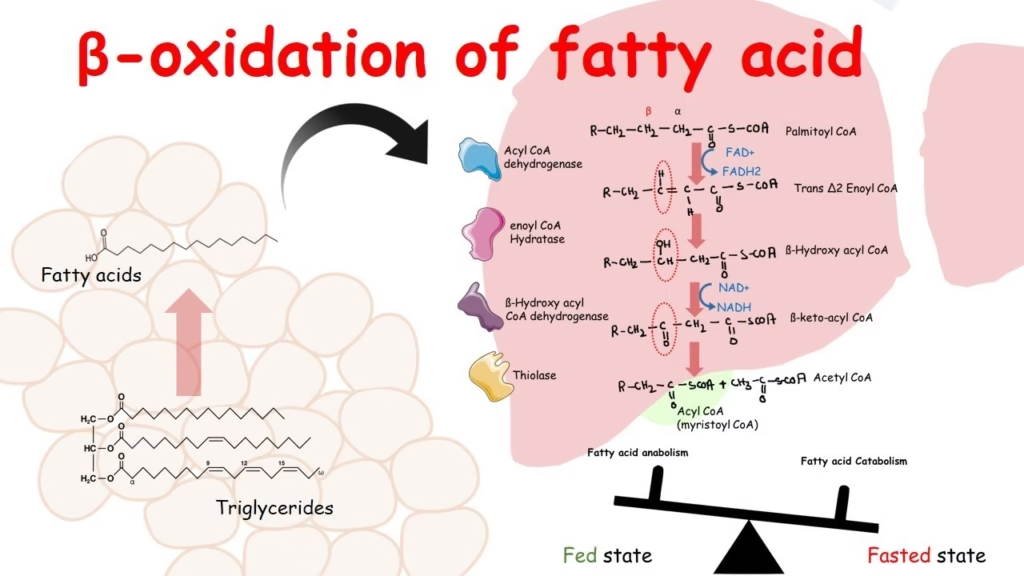
Introduction Chromatography is an important biophysical technique that enables the separation, identification, and purification of the components of a mixture for qualitative and quantitative analysis. The Russian botanist Mikhail Tswett Read More …
Simplifying Allied Health Learning.

Introduction Chromatography is an important biophysical technique that enables the separation, identification, and purification of the components of a mixture for qualitative and quantitative analysis. The Russian botanist Mikhail Tswett Read More …

Introduction Beta-oxidation of fatty acids is the metabolic pathway by which fatty acids are broken down in the mitochondria (and peroxisomes) of cells to generate energy. This process involves the Read More …

Introduction Determination of Sodium (Na⁺) and potassium (K⁺) ions is critical electrolytes in the human body, involved in various physiological processes like fluid balance, nerve transmission, and muscle contraction. In Read More …

Introduction Nutrition is taking in food and converting it into energy and other vital nutrients required for life. Provide the necessary energy and biomolecules for carrying out various body functions. Read More …
Proteinuria Introduction Proteinuria is the abnormal presence of protein in the urine, often exceeding 150 mg/day in adults. It can be transient, orthostatic (position-dependent), or persistent. Persistent proteinuria usually indicates Read More …